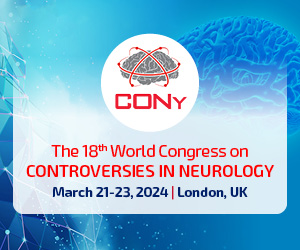SYMPOSIUM: ELECTROCONVULSIVE THERAPY. Consciousness impairment after electroconvulsive therapy
Danuta Palińska
 Affiliation and address for correspondence
Affiliation and address for correspondencePost-ECT delirium is a serious complication that may lead to stop treatment. There are two types of delirium: postictal delirium that occurs within an hour after the course of ECT and interictal delirium that happens between the ECT courses (usually after a period of clear consciousness). The paper reviews the current hypotheses and scientific data about post-ECT delirium. It also presents results of the study performed in Lodz Psychogeriatric Medical Centre which objective was to examine relations between sex, age, diagnosis, seizure duration, parameters of electric stimuli and severity of post-ECT delirium. The study group consisted of 42 patients who underwent ECT with bitemporal electrode placement and brief-pulse stimulation in general anesthesia with the frequency 2-3 sessions a week – 498 sessions in total. Results: the frequency of postictal delirium was 28,6% – 52,6%, interictal delirium – 0 – 10%. The severity of postictal delirium was positively statistically correlated (p<0,05) to length of seizures, electric dose and current width. The severity of interictal delirium was positively statistically correlated to electric dose and current width. We observed more impaired consciousness in terms of both postictal delirium and (more often) interictal delirium in the group of schizophrenia than in the group of depression disorder. 5 patients (11,9%) developed delirium that stopped treatment. The interactions between sex and age and post-ECT delirium were inconsistent.








